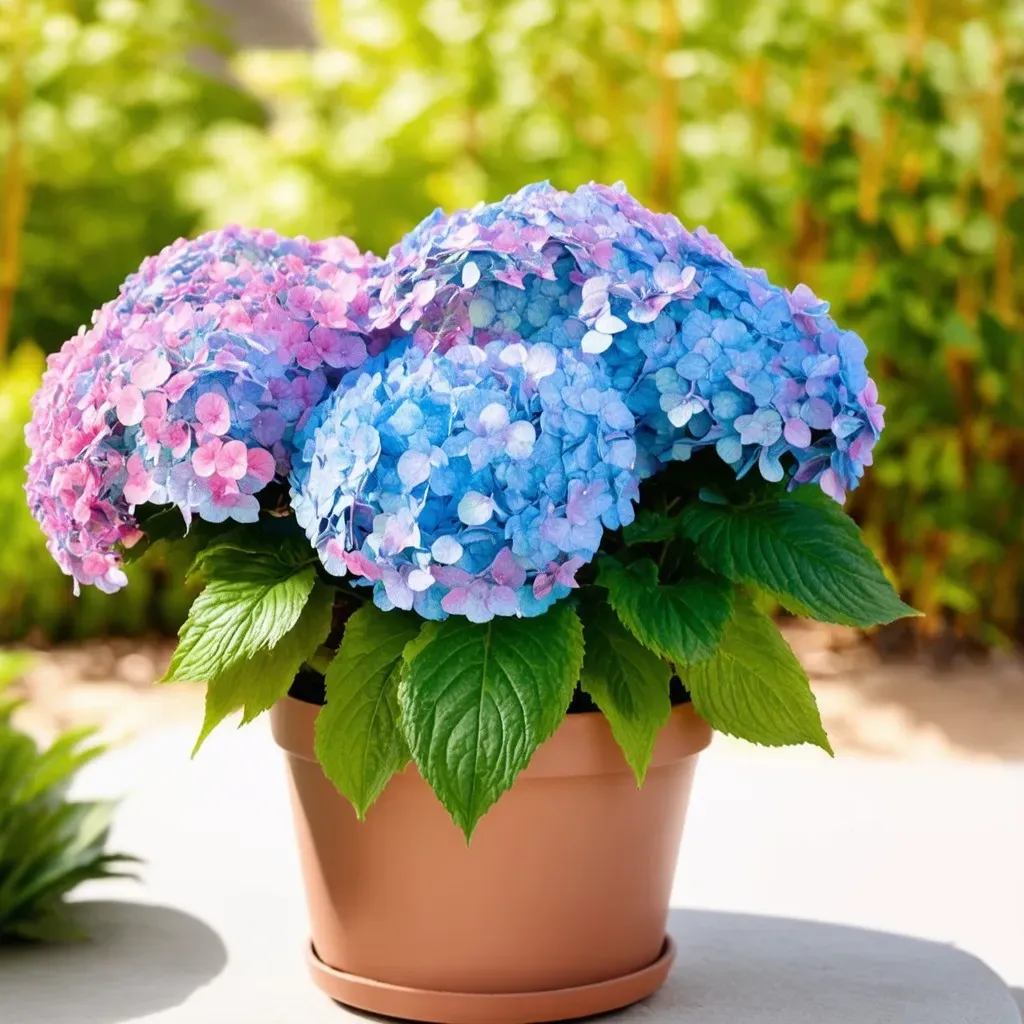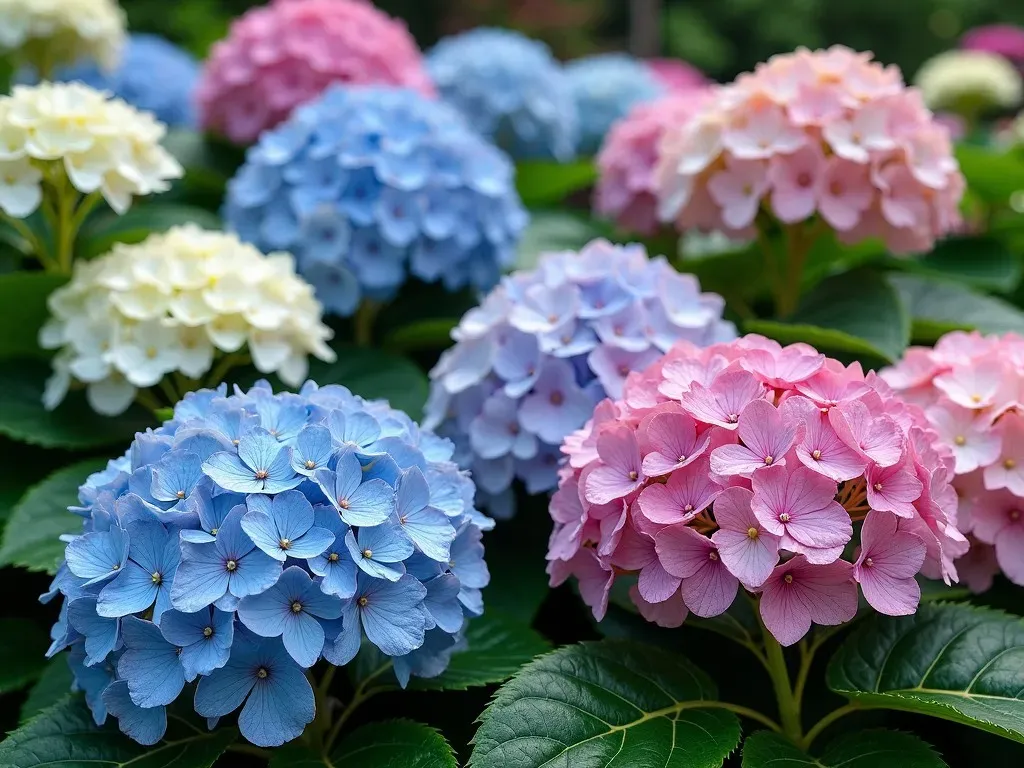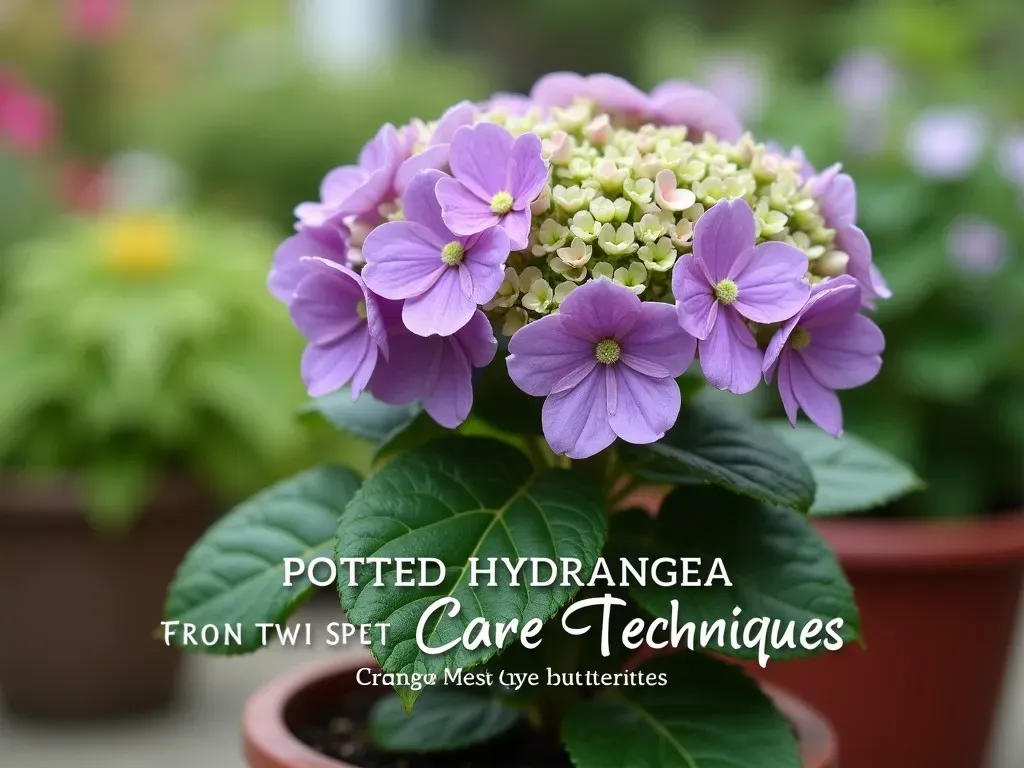Potted hydrangeas are popular ornamental plants that thrive in various conditions, making them a favorite for gardeners and plant enthusiasts. One of the critical factors affecting their health and blooming potential is potted hydrangea temperature tolerance. These beautiful blooms can typically thrive in temperatures ranging from 40 to 85 degrees Fahrenheit, but how we care for them can significantly impact their longevity and vigor.
Understanding Temperature Preferences
Hydrangeas, especially when grown in pots, have distinct temperature preferences that gardeners must consider to ensure optimal growth. It’s essential to provide a suitable environment where these plants can flourish. Here’s a quick look at the ideal range for potted hydrangeas:
| Temperature Range | Condition | Effect on Hydrangea |
|---|---|---|
| 40°F to 50°F | Cold | Risk of frost damage |
| 50°F to 70°F | Cool | Healthy growth, blooming starts |
| 70°F to 85°F | Warm | Ideal for blooming |
| Above 85°F | Hot | Stress, wilting |
| Below 40°F | Freezing | Potential for severe damage |
Why It Matters
Temperature extremes can affect potted hydrangeas in several ways. If temperatures drop below 40°F, particularly in container settings, hydrangeas become much more vulnerable to frost, which can damage the plant’s cells and lead to wilting or plant death. Conversely, sustained temperatures above 85°F can result in heat stress, leaving the plant wilted and anxious for moisture.

How to Keep Potted Hydrangeas Alive
Maintaining your potted hydrangeas involves several strategic practices that ensure they flourish within their temperature tolerance. Here are some tips:
Sun Exposure
Potted hydrangeas thrive best with 4 to 6 hours of sunlight daily. However, if you live in a warmer region, consider giving them some shade during the hottest parts of the day to prevent soil from drying out.
Watering Regime
- Regular Watering: Hydrangeas require consistently moist soil. Be careful not to overwater, as this can lead to root rot.
- Soil Consideration: Use a well-draining potting mix high in organic matter to retain moisture.
Fertilization
Use a slow-release fertilizer at the beginning of the growing season to provide necessary nutrients. Mixing in some compost can also enhance soil properties.
Temperature Monitoring
Keep an eye on outdoor temperatures:
- Install a simple digital thermometer in your garden to track temperature changes.
- Consider relocating your potted hydrangeas indoors or to a sheltered position during extreme weather.
Winter Care for Potted Hydrangeas
During the winter months, providing additional care becomes crucial to your hydrangea’s survival.
| Winter Care Tips for Potted Hydrangeas |
|---|
| Place pots on a raised platform to avoid ground frost. |
| Wrap pots with burlap or frost cloth for insulation. |
| Water them moderately; don’t let the soil completely dry out. |
| Consider moving pots to a more sheltered location. |
Understanding Hydrangea Varieties and Their Specific Needs
Different hydrangea varieties possess varying temperature tolerances, and understanding these preferences can guide your care decisions. Here are a few examples:
Macrophylla Hydrangeas
- Temperature Tolerance: Generally hardy down to 10°F.
- Care: Prefer a protected location from cold winds.
Panicle Hydrangeas
- Temperature Tolerance: Hardy in zones up to -40°F.
- Care: Tolerate heat better than most Other types.
Oakleaf Hydrangeas
- Temperature Tolerance: Hardy in zones 5-9.
- Care: Need consistent moisture without sogginess.

Trouble Signs and Solutions
To maintain the health of your potted hydrangeas, keep an eye out for signs of distress:
Wilting Leaves
- Cause: Insufficient water or extreme heat.
- Solution: Increase watering frequency and provide shade in high temperatures.
Leaf Discoloration
- Cause: Nutrient deficiencies or diseases.
- Solution: Check soil composition and consider fertilizing.
Frost Damage
- Cause: Exposure to freezing temperatures.
- Solution: Use protective coverings and relocate pots indoors when needed.
Frequently Asked Questions
What is the best way to protect potted hydrangeas in winter?
Protect potted hydrangeas from cold winds using burlap wraps or frost cloth and placing pots in a sheltered area away from direct exposure.
Can potted hydrangeas survive a heat wave?
Yes, but make sure to provide adequate water and shade during peak heat. Ensure they remain hydrated as heat stress can lead to wilting.
How often should I water my potted hydrangeas?
Watering should be done regularly, aiming for the top few inches of soil to remain consistently moist but not waterlogged.
What’s the best fertilizer for potted hydrangeas?
A slow-release fertilizer combined with compost makes an excellent nutrient source, especially during the growing season.
For more information on potted hydrangeas and comprehensive gardening care tips, check out The Spruce and experience the beauty of these timeless plants in your garden.



